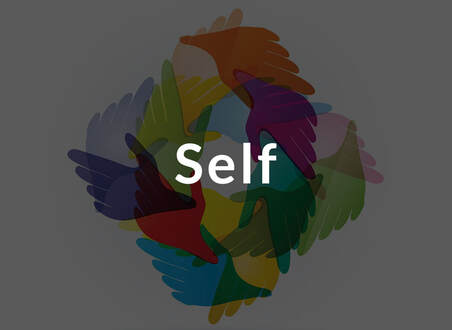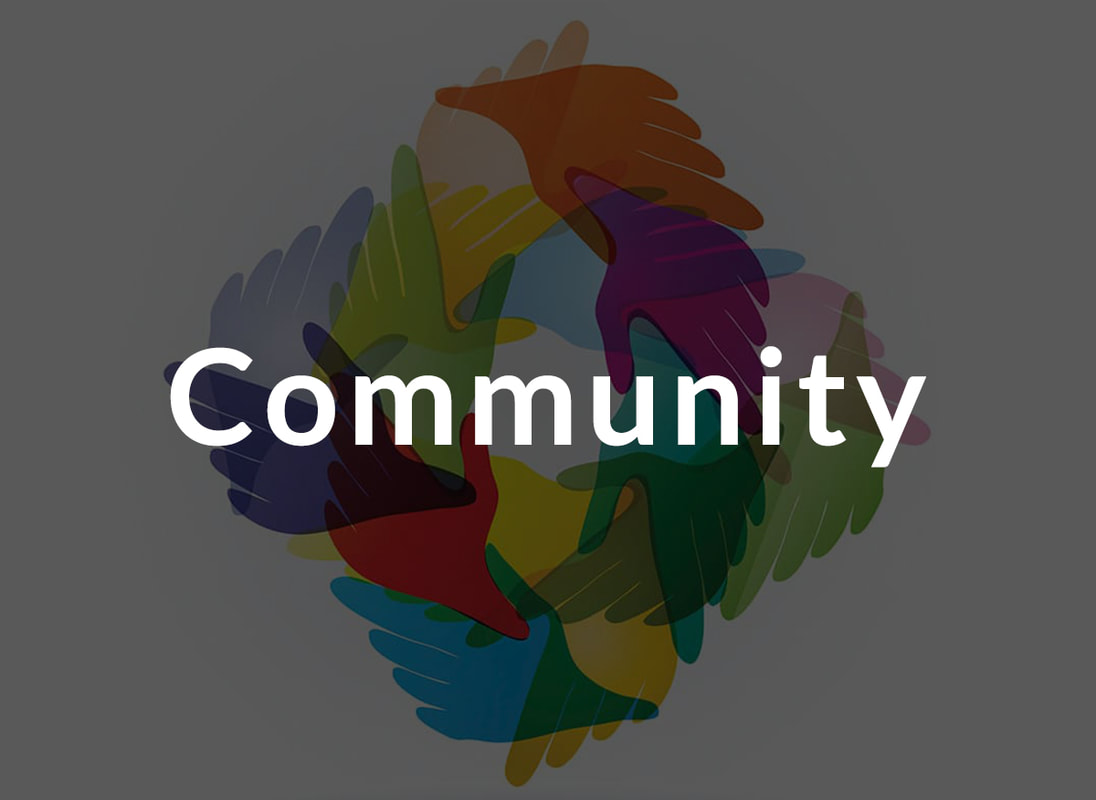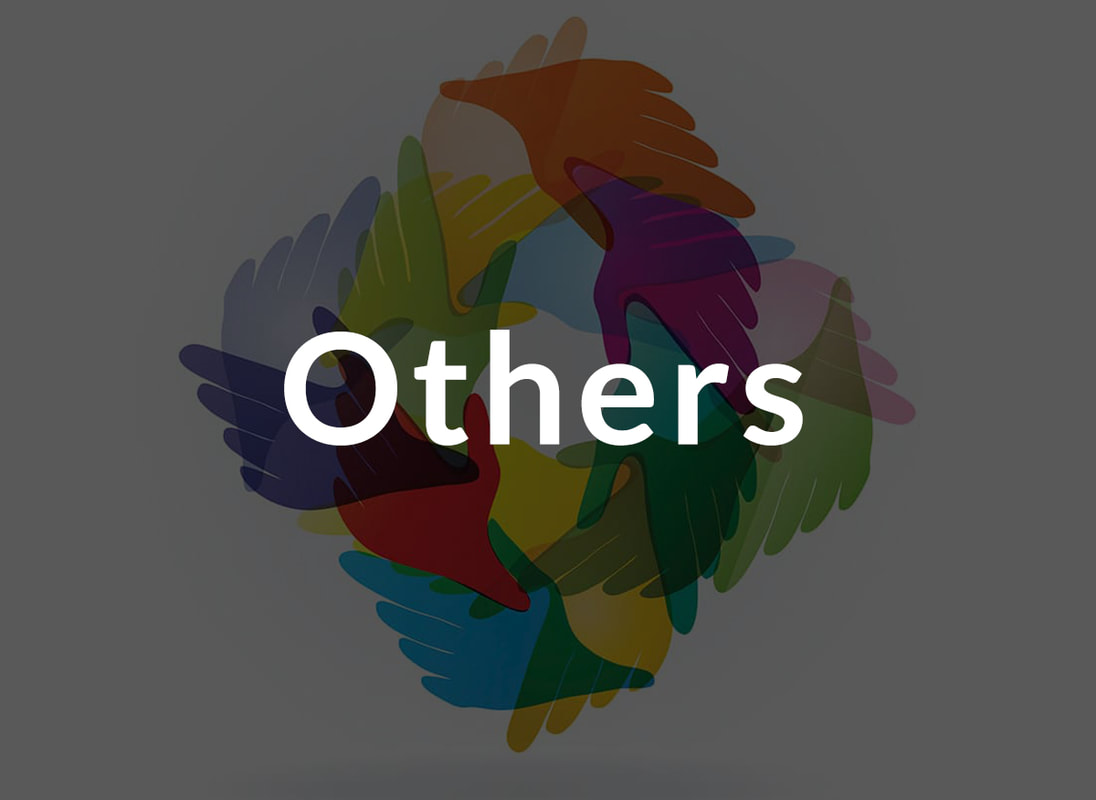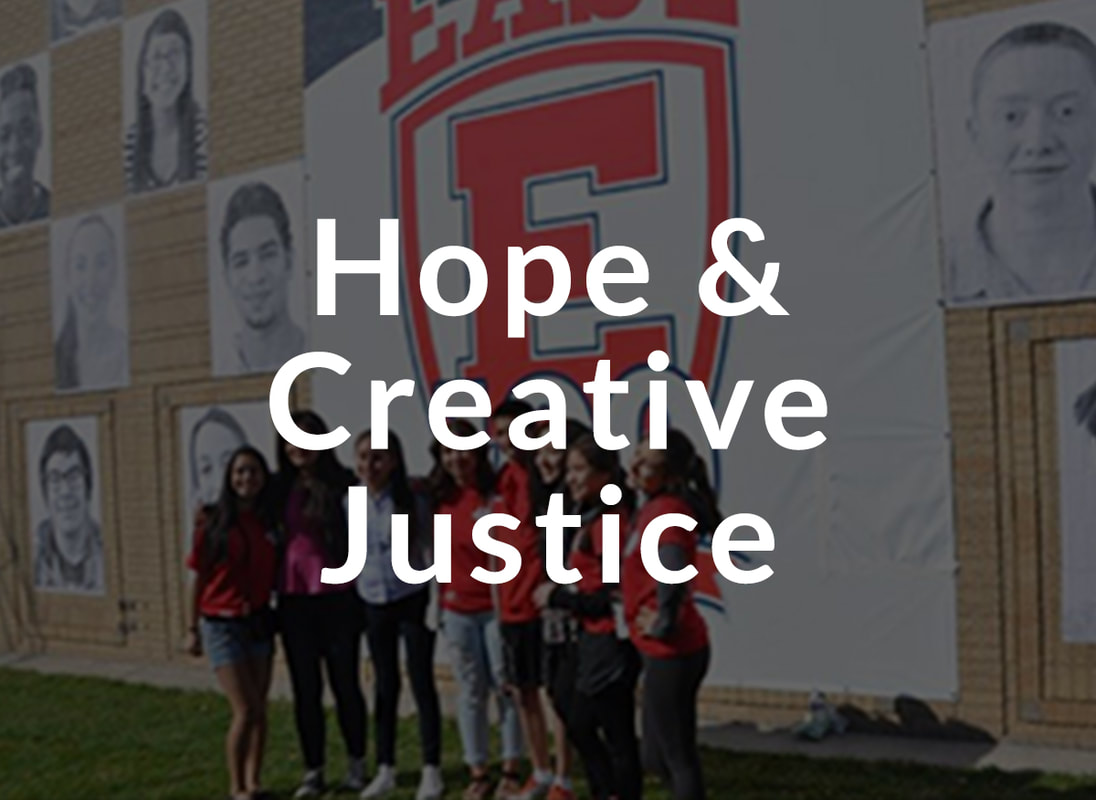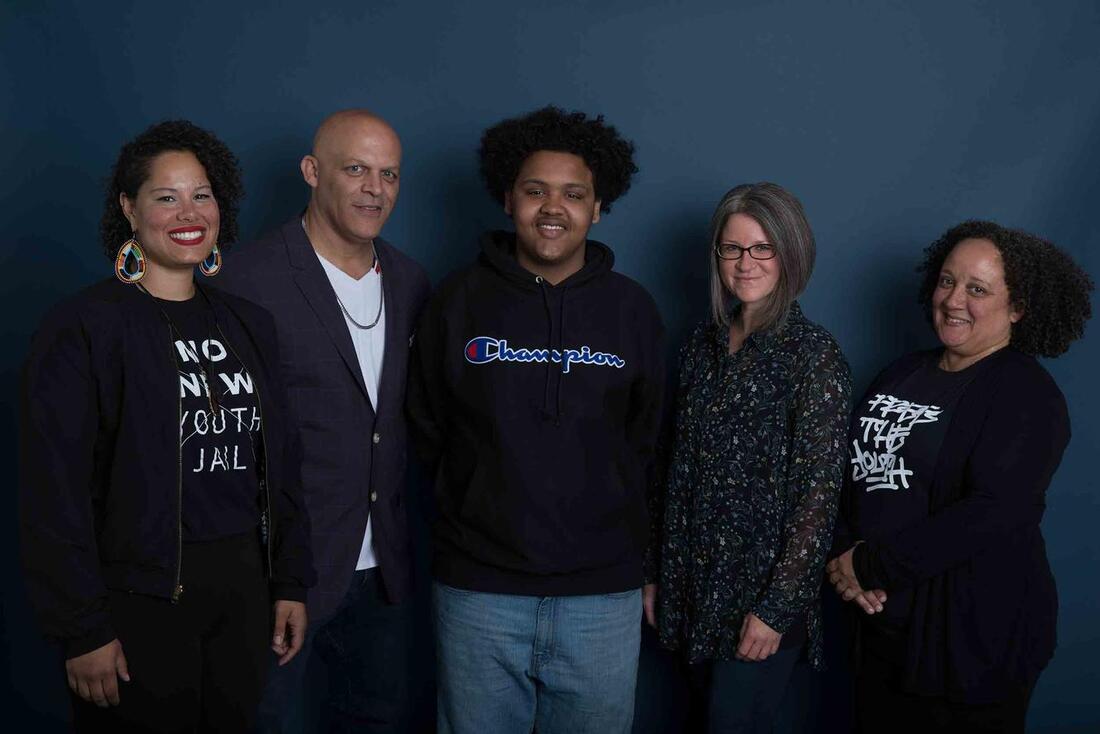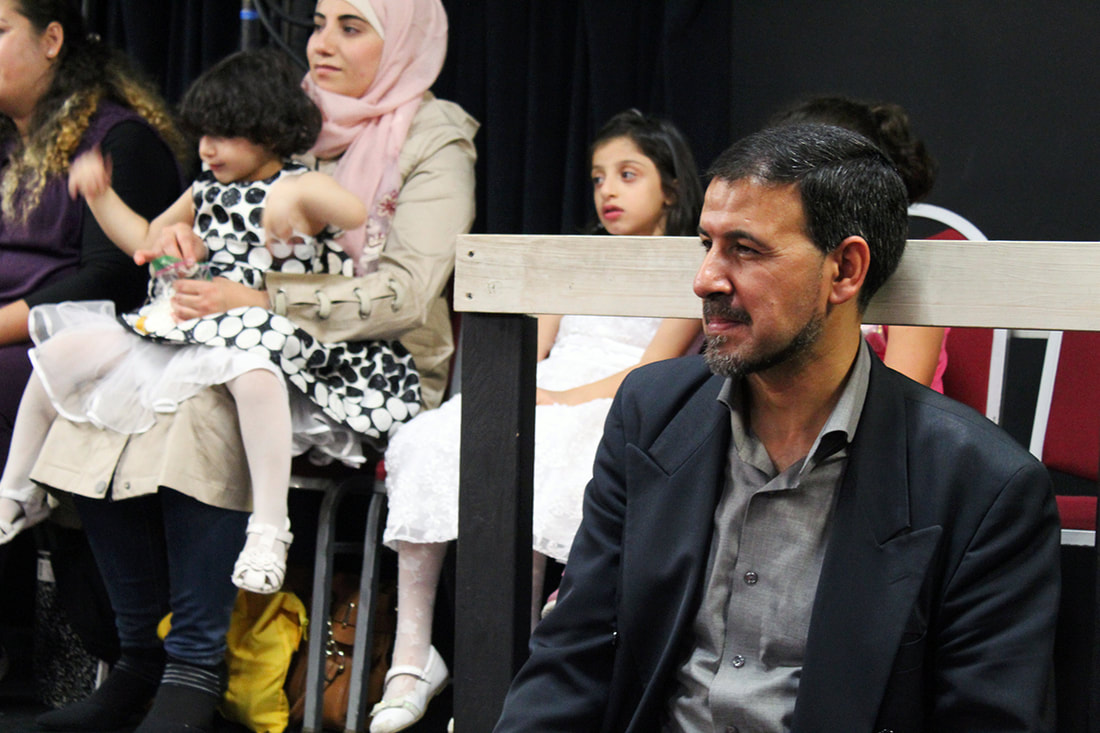Let us help your organization cultivate self awareness, critical analysis, and a cohesive cultural competence .
Diversity
Diversity comes in many forms and it can be based upon ideologies or human behavior. Our challenge is to validate the differences that can create new stories of reconciliation and liberation.
If we can establish safe containers that have reverence for external powers, we can talk about the harm that occurs in old stories of oppression and begin to cultivate reconciliation and liberation that offers new stories of harmony.
Gareth Higgins and The Porch Magazine analyze both types of stories:
If we can establish safe containers that have reverence for external powers, we can talk about the harm that occurs in old stories of oppression and begin to cultivate reconciliation and liberation that offers new stories of harmony.
Gareth Higgins and The Porch Magazine analyze both types of stories:
|
Old Stories Domination Revenge Isolation Purification Victimization Accumulation |
New Stories Servant Leadership Restorative Justice Contemplative Action Compassion Empowerment & Healing Appreciation & Generosity |
Melvin Bray describes how we can develop a beloved community “through the way we tell our personal, communal and national stories; then, by embodying the beautiful, just, virtue-filled intuitions that arise out of those stories."
DEIwithCompassion has long admired Bray’s metaphoric twelve step framing that addresses both the advantaged and disadvantaged members of our world and hope that you’ll join us in recognizing that we can incorporate a mosaic of harmony.
DEIwithCompassion has long admired Bray’s metaphoric twelve step framing that addresses both the advantaged and disadvantaged members of our world and hope that you’ll join us in recognizing that we can incorporate a mosaic of harmony.
Equity
Paulo Freire’s pedagogy of oppression and hope reveals two approaches that impact harmony among our diversities. Mentors who are both the teacher and the learner use reflective and critical thinking to enhance our approach towards social justice.
Julio Cammarota extends these pedagogies, or presentation of ideas, by looking at hopelessness and hope in the areas of self, others, and community.
Julio Cammarota extends these pedagogies, or presentation of ideas, by looking at hopelessness and hope in the areas of self, others, and community.
|
The foundation of a healthy community is a positive awareness of self. Urban youth, minority youth, and youth of poverty or trauma often experience socially induced fractures in identity.
These breaks can lead to a labeling, by self or others, as intellectually deficient and socially deviant. They may identify with negative portrayals in media or government and social policies. We need to help them engage in a reflection process that identifies and heals these fractures and nurtures positive self-perceptions. |
Community awareness comes from recognition of how these conditions contribute to the fracturing of others around them. Consistent exposure to poverty and dysfunctional schools affect the entire culture and community, leading to generationally perpetuating issues of self-esteem, confidence, and an inability to recognize strengths.
Therefore, hope lies not only on healing the individual self but also palliating those social and economic toxins that poison a young person's hope for the present and the future. |
|
Global awareness is the ultimate goal of social justice in youth development. It involves understanding how oppression affects the lives of others and leads to contributing to social justice practices that counter this oppression.
Showing empathy for people who suffer from pressures, both familiar and unfamiliar, builds a sense of compassion that makes the world better for everyone. Once young people realize they can contribute to improving the lives of others, they become confident about cultivating positive changes in their own. |
We acknowledge Julio Cammarota’s description of self, community, and others found within “From Hopelessness to Hope: Social Justice Pedagogy in Urban Education and Youth Development” and has the desire to bring creative justice to our youth.
Through dialogue, reflections, and collaborations, mentors can provide a safe and sacred space for reconciliation and healing. Using the shared language found in art, music, movies, games, and literature, creative justice can become the first step in bringing hope into a fracture world. |
Inclusion
East Side High School gained its popularity when the school was used in “High School Musical”. The school’s identity also changed as it transitioned from a predominantly white institution into a majority of minorities. When Latino, African American, Pacific Islander, Asian, and refugee students entered the classrooms, community mentors supported efforts to change the identity of the school through the “We Are One Inside Out Project”. This is an example of creative justice.
The cities of Seattle and Portland also offer insights into inclusive possibilities that bring hope to self, communities, and others.
The cities of Seattle and Portland also offer insights into inclusive possibilities that bring hope to self, communities, and others.

